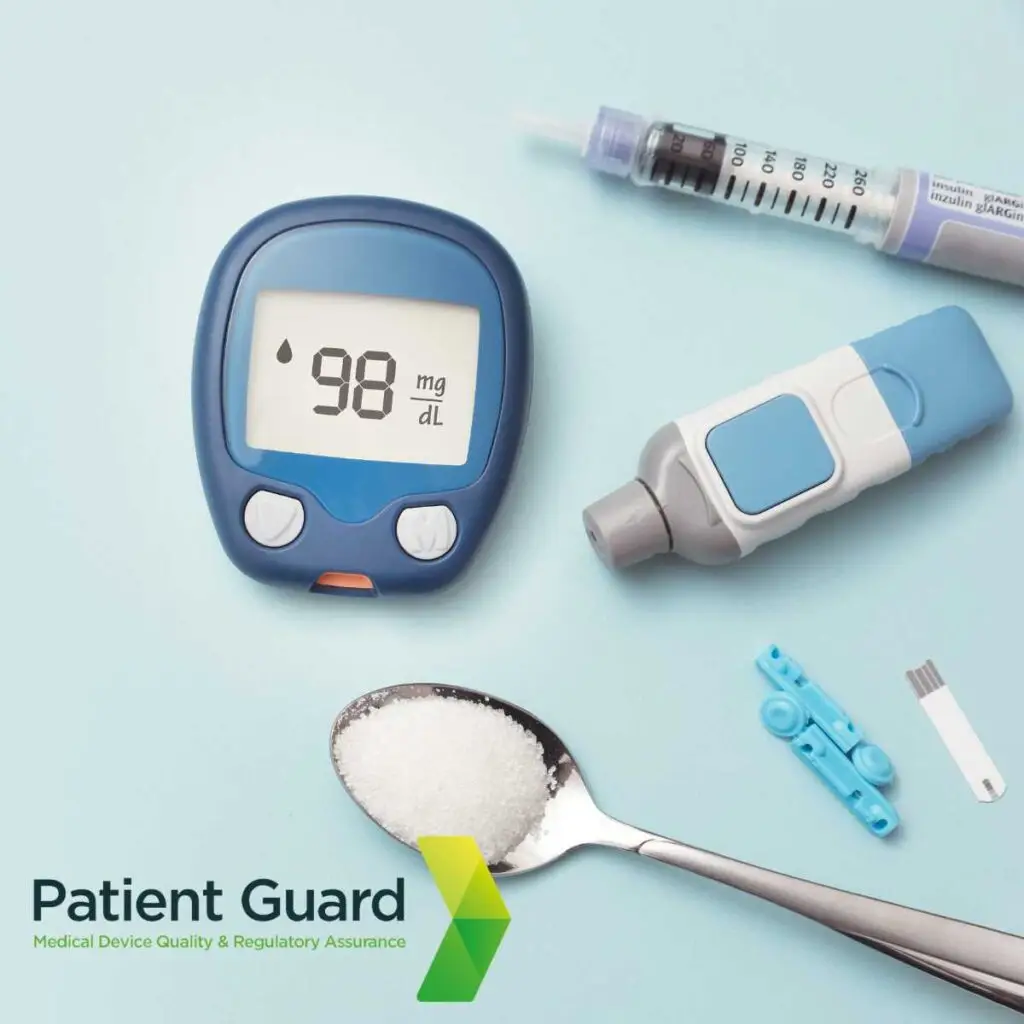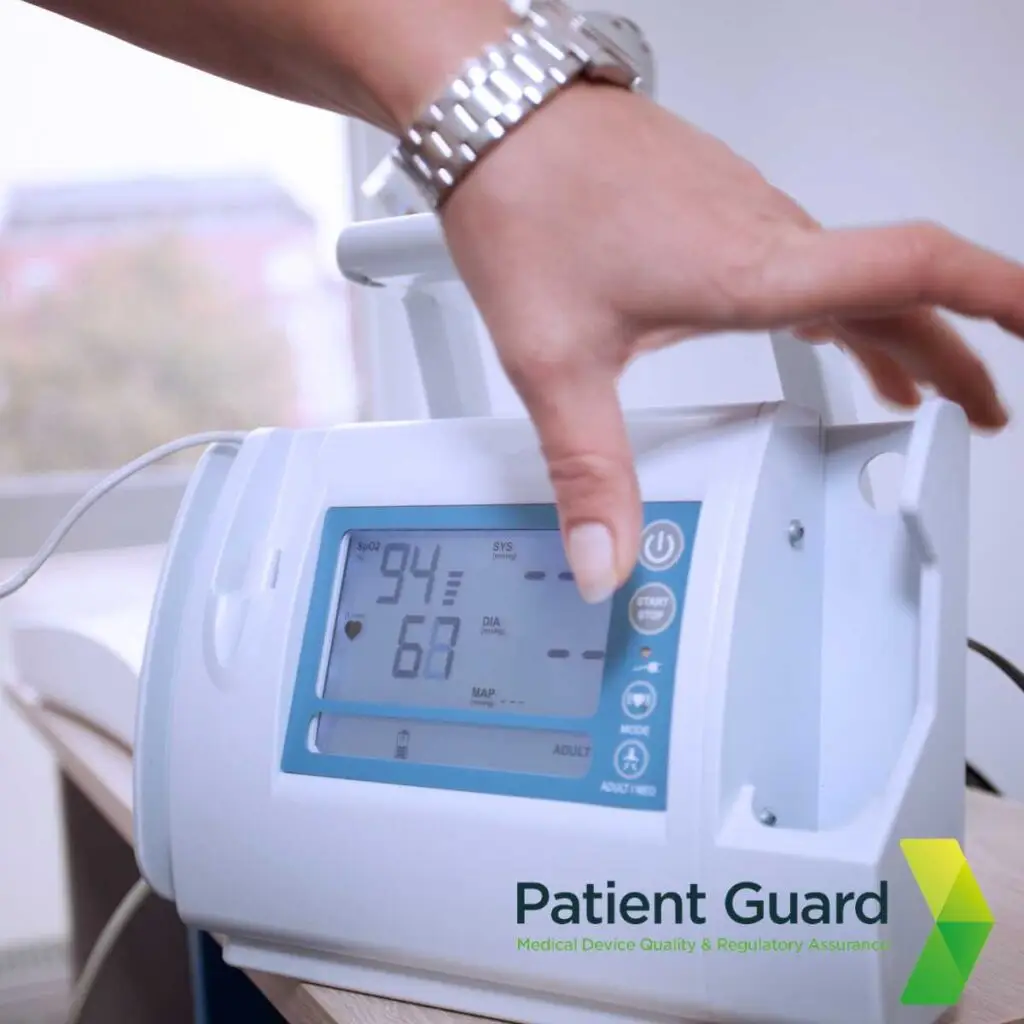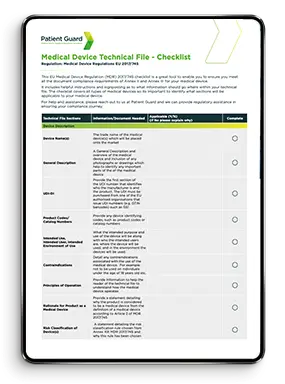Ensuring Compliance and Safety
Medical device labelling is a critical component of regulatory compliance and user safety. It serves as a bridge between manufacturers and end-users, providing essential information about a device’s use, safety, and limitations. In the European Union, the EU Medical Device Regulation (MDR) and In Vitro Diagnostic Regulation (IVDR) outline strict requirements for device labelling, ensuring consistency and reliability across the industry.
In this blog, we explore the key elements of medical device labelling, regulatory requirements, and best practices to help manufacturers achieve compliance.

What is Medical Device Labelling?
Medical device labelling encompasses all written, printed, or graphic information provided with a device. This includes:
Labels affixed to the device itself, packaging, or both.
Instructions for Use (IFU) providing detailed guidance on the device’s operation and maintenance.
Electronic Instructions for Use (eIFU), where permitted, offering digital access to information.
The purpose of labelling is to ensure users can operate the device safely and effectively while adhering to applicable laws and standards.
EU MDR and IVDR Labelling Requirements
The EU MDR and IVDR emphasize the importance of clear, comprehensive, and accurate labelling. Key requirements include:
1. Language and Clarity
Labels and IFUs must be written in the official language(s) of the Member State where the device is marketed.
Information must be clear, legible, and understandable to the intended user, whether a healthcare professional or layperson.
2. Content Requirements
Labels must include:
The name and address of the manufacturer and, if applicable, the Authorized Representative (AR).
A unique device identifier (UDI).
Device name, model, and intended purpose.
Warnings, precautions, and any special operating instructions.
Storage and handling conditions.
Expiry or manufacturing dates, where applicable.
3. Symbols and Standards
Symbols used on labels must comply with recognized standards, such as ISO 15223-1, to ensure consistency and ease of interpretation.
4. Electronic Instructions for Use (eIFU)
For certain devices, manufacturers may provide eIFUs as an alternative to printed instructions. These must meet specific requirements under EU Regulation 207/2012, ensuring accessibility and user-friendliness.
Common Labelling Challenges
Medical device manufacturers often face challenges in developing compliant labels, including:
Language Barriers: Ensuring translations are accurate and culturally appropriate.
Frequent Updates: Regulatory changes may require regular updates to labelling content.
Space Constraints: Including all required information on small device packaging.
Best Practices for Medical Device Labelling
To overcome these challenges and ensure compliance, manufacturers should follow these best practices:
1. Conduct a Gap Analysis
Review your current labels against EU MDR/IVDR requirements to identify and address gaps
2. Use Standardized Symbols
Incorporate internationally recognized symbols to communicate critical information efficiently.
3. Prioritize User-Centric Design
Ensure labels and IFUs are designed with the intended user in mind, considering their language, literacy level, and potential accessibility needs.
4. Maintain a Labelling Management System
Implement a robust system for managing labelling content, updates, and approvals to ensure compliance and consistency.
5. Test Labelling Effectiveness
Conduct usability testing to verify that users can understand and follow the instructions provided.
How Patient Guard Can Help
At Patient Guard, we understand the complexities of medical device labelling under the EU MDR and IVDR. Our expert team offers tailored services to help manufacturers develop compliant labels and IFUs, from gap analyses and content development to usability testing and Notified Body submissions. We ensure your labelling meets regulatory requirements and enhances user safety.
FAQs
Medical device labelling provides essential information about a device, including its intended use, safety precautions, and operational guidelines. It ensures that users, whether healthcare professionals or patients, can operate the device safely and effectively while complying with regulatory requirements.
Yes, eIFUs are permitted under EU Regulation 207/2012 for certain types of devices, such as implantable devices and active medical devices. However, they must meet strict requirements to ensure accessibility and usability for the intended users.
Manufacturers can ensure compliance by conducting a gap analysis, using standardized symbols (e.g., ISO 15223-1), testing labelling effectiveness, and regularly updating content to reflect regulatory changes. Working with regulatory experts can further streamline the compliance process.
Non-compliance with labelling requirements can lead to serious consequences, including product recalls, fines, and market restrictions. It may also damage the manufacturer’s reputation and erode trust among healthcare professionals and patients.
Summary
Medical device labelling is more than a regulatory requirement—it is a vital tool for ensuring safety, usability, and market success. By adhering to EU MDR and IVDR labelling requirements and implementing best practices, manufacturers can confidently navigate the regulatory landscape and build trust with their users. Contact Patient Guard today to learn how we can support your labelling compliance journey.
Resources
- Medical Device Design and Development
- ISO 14971 and the Risk Management of Medical Devices
- CE Marking Medical Devices
- Software as a Medical Device (SaMD)
- Is My Product a Medical Device?
- IEC 62366-1 Usability Engineering and its use in Medical Device Design and Development
- How to Structure a Medical Device Technical File
- ISO 14971 Risk Management Templates




